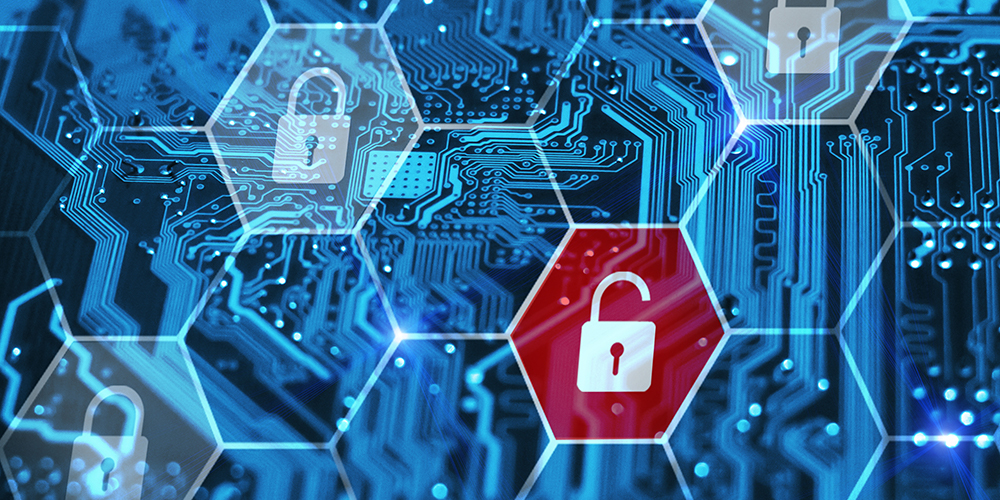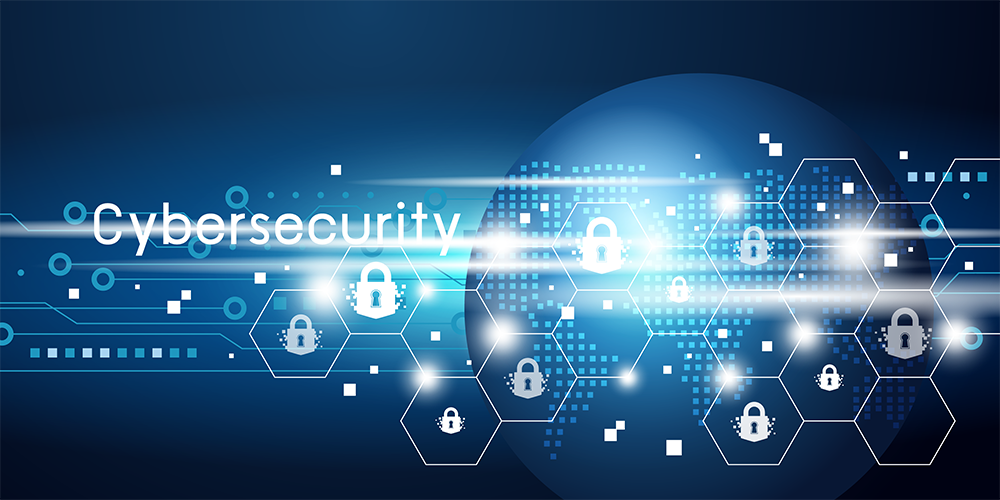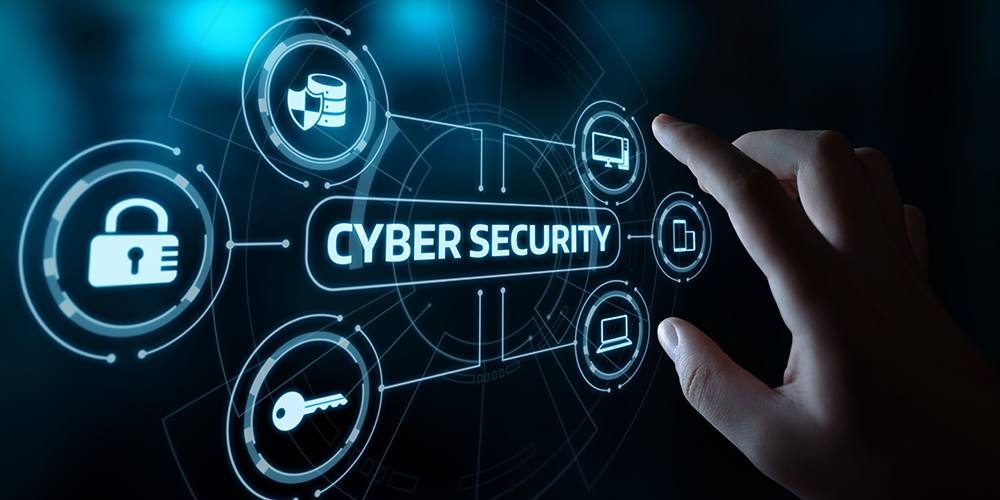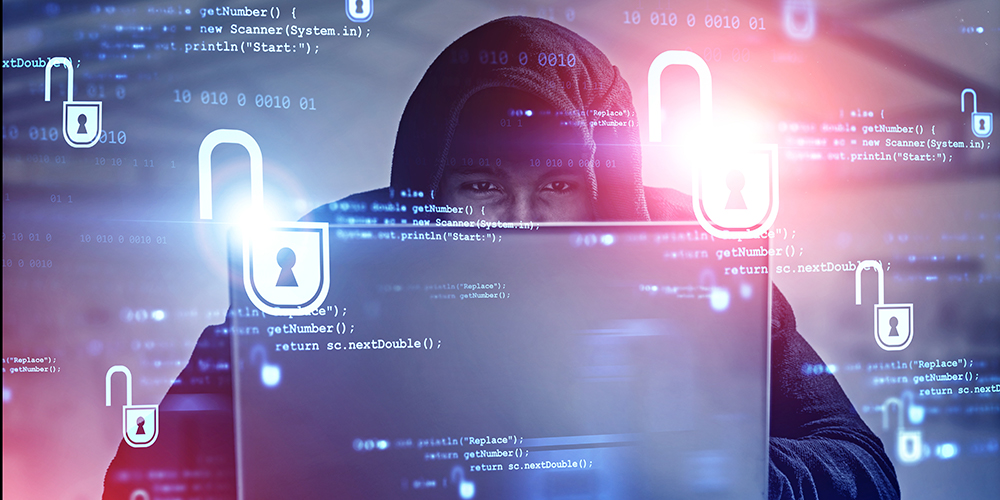
May 17, 2021 | SMB Technology, SMB Technology, SMB Technology, SMB Technology, Technology News
Late last year, as well as more recently, two major cyber attacks occurred–one at SolarWinds via their software platform in December of 2020, and one at Colonial Pipeline just this month. These attacks are even more serious than one performed by a lone attacker, and signal how vulnerable networks can be. Not only do businesses need to use tools to protect their own computer networks, but to share information with other companies. Read on to learn how your company can protect itself against cyber attacks. Recent Cyber Attacks a Wake-up Call Last December, IT management company SolarWinds was attacked by hackers who inserted malicious code in what seemed a normal software update. What’s ironic is that the very platform used to monitor threats, was the one targeted. The bad code allowed the perpetrators to hack numerous government agencies and private companies, possibly stealing untold amounts of data. The company’s platform was used in this sophisticated attack, and the software update was downloaded by some 300,000 users. Through the download, the perpetrator was able to penetrate deep into companies’ and agencies’ networks. More recently, Colonial Pipeline was targeted in a potential attack on electrical supply to the East Coast via the gas pipeline. While investigations are still underway in each incident, foreign state actors are thought to be responsible. Both these attacks show how vulnerable companies can be. Could there have been a way to prevent the attacks, to see them coming? In spite of all the precautions companies take to shield their networks, cyberattacks seem almost inevitable. Ways to Protect Your Company Against Ransomware Of...

Feb 4, 2021 | SMB Technology, SMB Technology, SMB Technology, SMB Technology, Technology News
It’s sometimes thought that employees can be a “weak link” in your cybersecurity plan. This need not be so. Rather, your employees–when well-trained in cybersecurity policies and practices–can be your greatest asset. Reason to learn about training your employees in keeping your network safe. Assess Cybersecurity Knowledge Employees can be the most important line of defense against cyber attacks, when aware and well trained. Do your workers know your company’s cybersecurity policies? Do they know and implement best practices with passwords, like having unique credentials that are changed regularly. Also, you can make sure they are up on the most current cyber threats like malware and phishing attempts, and know what to do when faced with a possible attack. For example, do they know what to do when they get an email designed to look like it’s from their supervisor? Training sessions could be done routinely via video-conferencing on an ongoing basis for remote workers. Security Considerations for Remote Work For nearly a year, remote work has become the rule. According to an article from CompTIA, remote workers may not be prepared for increased responsibility for the safety of their devices. Are the devices connected to your company’s network checked and sanitized to ensure malware can’t get in? Do they have the most current antivirus and anti-malware definitions? Another issue to consider is physical security. Do your workers know to do simple things like log off when leaving the computer? Will they have a workspace where phone and video-conferencing communications can’t be overheard? These are just some of the topics to discuss with your staff...

Dec 14, 2020 | SMB Technology, SMB Technology, SMB Technology, SMB Technology, Technology News
There’s no doubt, 2020 has been a period of massive change. The pandemic has forced businesses to change the way they do business–for example, more staff are working remotely than ever before. Read on to learn more about what to consider when planning your technology budget for the new year. Consider Business Objectives First In 2021, according to a CompTIA report, business technology spending is expected to grow by 4.2% in 2021 reaching over 5 trillion for the first time. Cloud is expected to be significant, showing up again as a trend after being out of the spotlight in 2020. Companies are expected to use the cloud as well as emerging technologies in the coming year to drive digital transformation, support work-from-anywhere requirements and improve communications and collaboration between employees, customers and the supply chain. Technologies like the Internet of Things (IoT) and artificial intelligence (AI) are expected to be embedded in business applications–for example, improving inventory control or for data processing operations. When considering your tech spending, consider how technology can help reach business goals. Are you expecting remote work to continue, or even to hire more remote workers? Perhaps consider allocating more of your budget to cybersecurity and skills training. One thing to consider is the strength of your network, and whether you need more bandwidth or to focus on network security. Cybersecurity Still a Constant With remote work now common, the security perimeter has changed. Instead of being in the office, it is now wherever anyone is accessing the network. A new paradigm has emerged wherein access to networks needs to be more...

Nov 9, 2020 | SMB Technology, SMB Technology, SMB Technology, SMB Technology, Technology News
This extraordinary year, with its rapid shift toward remote work force, has brought about changes in the cybersecurity landscape. With the security perimeter widened by use of devices outside the office, businesses are using the cloud more than before. According to a recent CompTIA research report on the state of cybersecurity, 60% of respondents were taking a more formal approach to risk management and threat intelligence; however, there’s always room for growth. Read on to learn how 2020 events have changed approaches toward cybersecurity. Acceleration of Cloud Computing One trend in the report is the acceleration of the use of cloud computing. With so many employees working remotely, companies have, at the very least, sent their employees home to work and hurrying to secure day-to-day operations. With this increased use of cloud computing, keeping an eye on the threat landscape is still vital. Cyber attacks have increased, including “phishing,” and are now considered inevitable. The question is how companies will respond. Cybersecurity the Responsibility of the Entire Organization Cybersecurity is no longer merely the responsibility of the IT department. From the newest employee to the board of directors, everyone has a responsibility to help protect data and systems. The executives and board can map out the plan for cybersecurity, beginning with assessing current risks to data and systems. Every employee can be trained in how to handle cyber attacks, and how to prevent them from occurring. Upper management can set the tone, creating a culture of cybersecurity. Formalization of Cybersecurity Practices Along with the increased momentum of cybersecurity adoption, the approach is becoming formalized....

May 12, 2020 | SMB Technology, SMB Technology, SMB Technology, SMB Technology, Technology News
In these unprecedented times, we spend more time than ever on various devices, using them both for work and recreation. As in other difficult times, heroes rise to the occasion. However, so do bad actors, seeking to take advantage of the situation. Read on to learn more about protecting yourself from cyber attacks. Hazards to Watch For Cyberattacks are on the rise these days, with bad actors looking to take advantage of the situation, playing both on people’s fears, and their desire to help others. As ever, though, we can protect ourselves using tools along with caution and common sense. Social engineering schemes, including phishing attacks, are used to gain confidential information from unwitting victims or to install malware on their devices. For instance, a person might receive emails that look like ones from credible organizations, and these emails capitalize on fears of COVID-19. Cybercriminals might use “spoofing” as a tactic, making an email seem like it’s from someone you know. It might contain an urgent appeal to buy items for a relative because the “sender” is in quarantine. Other possibilities are ads for items like masks or stories about vaccines and cures for COVID-19. Keep Your Network and Your Employees Secure Many businesses now have employees working remotely, accessing the business’ computer network. The first tool that can help keep the network secure is a virtual private network (VPN) that workers can use to safely access files and applications. Other tools that should be part of the arsenal are current antivirus and anti-malware definitions. Remind workers of common-sense precautions like not clicking on links or attachments. If they...






